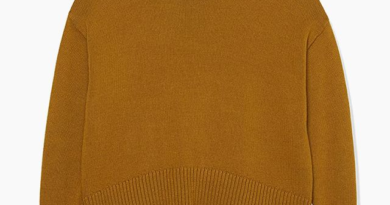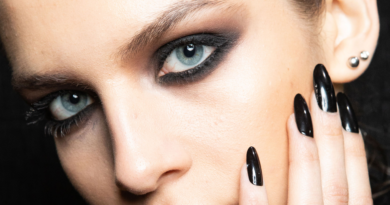The 11 Best Gray Hair Dyes For The Ultimate Silver Hair, According To Colorists
Can I dye my hair gray without bleach?
There are a few things you should know about dyeing your hair any color before you go at it. With gray in particular, in order to see maximum at-home results with vibrant color, your starting hair needs to be light blonde or professionally bleached.
“To achieve silver or gray, your hair needs to be platinum blonde or already a natural silvery gray,” says Potocki. If you have dark hair, it’s best to consult with a professional colorist because at-home bleaching can be dangerous.
How can I dye my hair gray at home?
Before you go all in, make sure you do a patch test. “A lot of dyes that you buy over the counter are not professional grade and you don’t know how your hair is going to react because not all dyes are the same,” says Hopper. “Always try dyeing a small piece of hair first to make sure it doesn’t damage the integrity of your hair, and that you actually like the color.”
Once your hair canvas is the correct tone, you’re going to need gloves, a mixing bowl, a brush to apply the product, and your desired dye. “Make sure you thoroughly read your home color hair instructions,” adds Potocki. “Following manufacturer instructions and being sure to know the processing time [for your desired product] is what will give you the best results.”
From there, section your hair into four parts. “Color is not shampoo, so do not just rub it around,” stresses Hopper. “Section your hair evenly and apply the color to each part to get maximum results and strong tones.”
How can I maintain my gray hair?
After coloring and achieving your desired results, use a shampoo or gloss formulated for gray or silver hair between washes like Jhirmack Silver Brightening Purple Shampoo or Oribe Silverati Shampoo. It’s also best to touch up every couple of weeks to maintain vibrancy.
Also, remember that hair dye’s main purpose is to stain, so make sure to apply in a protected area near your sink or in the shower, says Griffith. “Always use warm water when rising extra color down the sink [to protect from staining or color residue].”
For additional protection, use a barrier like Vaseline on the skin to avoid staining, and use towels or clothing you’re comfortable getting dirty and/or ruined, he adds.




